In our games room above our LARP shop, we stock and host Warhammer 40,000 alongside many other table-top wargames and...
No products
Prices are tax included
Categories
- Armour
-
LARP Weapons
- LARP Swords - Two Handed
- LARP Axes
- LARP Spear/Staff
- LARP Daggers
- LARP Maces & Hammers
- Coreless Foam Throwing
- Foam Head Safety Arrows
- Bows
- LARP Modern & Sci-fi Weapons
- LARP Swords - HUGE!
- DIY LARP Weapons
- Toy Cap Guns
- LARP Swords - Single Handed
- Weapon Maintenance & Repair
- Light Armouries
- Epic Armoury Hybrids
- Shields
- LARP Claws
- Costume
- Makeup
- Accessories
- Themes
New products
-

Maolmhuire Dagger - 18in - LARP
The 'Maolmhuire Dagger - 18in - LARP' is a high-quality latex weapon...
£ 49.99 -

Datura Dagger - 18in - LARP
The 'Datura Dagger - 18in - LARP' is a high-quality latex weapon...
£ 49.99 -

Garr Dagger - 18in - LARP
The 'Garr Dagger - 18in - LARP' is a high-quality latex weapon handmade...
£ 59.99 -

Rasvyn Dagger - 18in - LARP
The 'Rasvyn Dagger - 18in - LARP' is a high-quality latex weapon...
£ 49.99 -

Sorah Dagger - 18in - LARP
The 'Sorah Dagger - 18in - LARP' is a high-quality latex weapon handmade...
£ 49.99 -

Roy Axe - 18in - LARP
The 'Roy Axe - 18in - LARP' is a high-quality latex weapon handmade by...
£ 74.99 -

Seig Axe - 24in - LARP
The 'Seig Axe - 24in - LARP' is a high-quality latex weapon handmade by...
£ 89.99 -

Ulfgar Axe - 18in - LARP
The 'Ulfgar Axe - 18in - LARP' is a high-quality latex weapon handmade...
£ 79.99
LARP Weapon Safety
LARP weapon safety is incredibly important, but its also a very controversial topic and can be an intimidating subject when you’re considering getting into the hobby. This is a rough breakdown of what we think you need to know.
Firstly, there is no universal standard for LARP safety. That means every country, state, group or game has different guidelines to what they consider safe. So, if you’re considering purchasing an item or want to ensure what you already own will pass weapon’s check, you should look at the rules and guidelines available for the event you’re attending. If in doubt, contact an organiser for guidance.
That being said, the large LARP systems in the UK generally set a precedence for what is deemed safe throughout Britain. There is some variation between the different systems, but largely they have similar expectations of the safety standards required to use a LARP weapon at their events.
You can check out the those guides here:

Let’s back track a moment - if you’re new to festival LARP’s, you might not know about weapon’s check. Large LARP’s usually require you to have all your LARP weapons checked by a trained weapon’s checker before they can be used at their event.
You take all your LARP weapons (along with any metal armour or chainmail) to a tent or designated place, where a someone trained in their system requirements will usually look at what you’ve got, run their hands over everything and let you know if there are any problems.
Everyone seems to have a friend who freely gives out advice on weapons check, but that isn't the same as seeing someone trained by that LARP system. Believe us, nine times out of ten, the advice we overhear given between friends on weapon safety is completly contradictory to what the weapons checkers say. All our weapons have to be checked by a senior weapons checker at Lorien Trust and passed before we can sell them, so we know what items do and don't pass well.
Weapons that pass safety will then be stamped (with invisible ink), wrapped with an elastic band or labelled in some way to indicate that it’s been judged suitable for the event.
Not all events do this, but the larger events certainly will. They will often also check your weapons again before you go into any large-scale battles.
Throughout the course of the event, or if you attend an event without a weapon’s check procedure, it’s your responsibility to ensure that the weapon remains safe. So, if something happens – say a notable tear appears after your axe got caught on a branch, you run over your sword in your car or the handle of your shield gets loose with use – you must ensure that it is still safe.

Here is a run down of the most common issues to watch out for and how to check for them.

First things first, lets get the topic of injection moulding out of the way. Lots of people beleive, incorrectly, that injection-moulded weapons are not considered safe for UK LARPs. This is not true.
The quality of injection-moulded weapons on the market varies wildly. So, the quality of each weapon is important here. But, if you're interested in getting more details - we have an entirely seperate article on these injection-moulded weapons you can see here.
Most traditional, handmade LARP weapons are made from a fibreglass or carbon fibre core, sandwiched in layers of foam and covered in latex.
The latex layer is aesthetic only. So, although peeling, scuffs and bubbles may look unsightly, the paint job does not matter to safety. Keeping the latex in good condition will prevent water, heat and other issues degrading the foam beneath. So, good weapon maintenance should not be ignored - you can read more about that here. But, damage to latex shouldn’t cause a weapon to be unsafe.
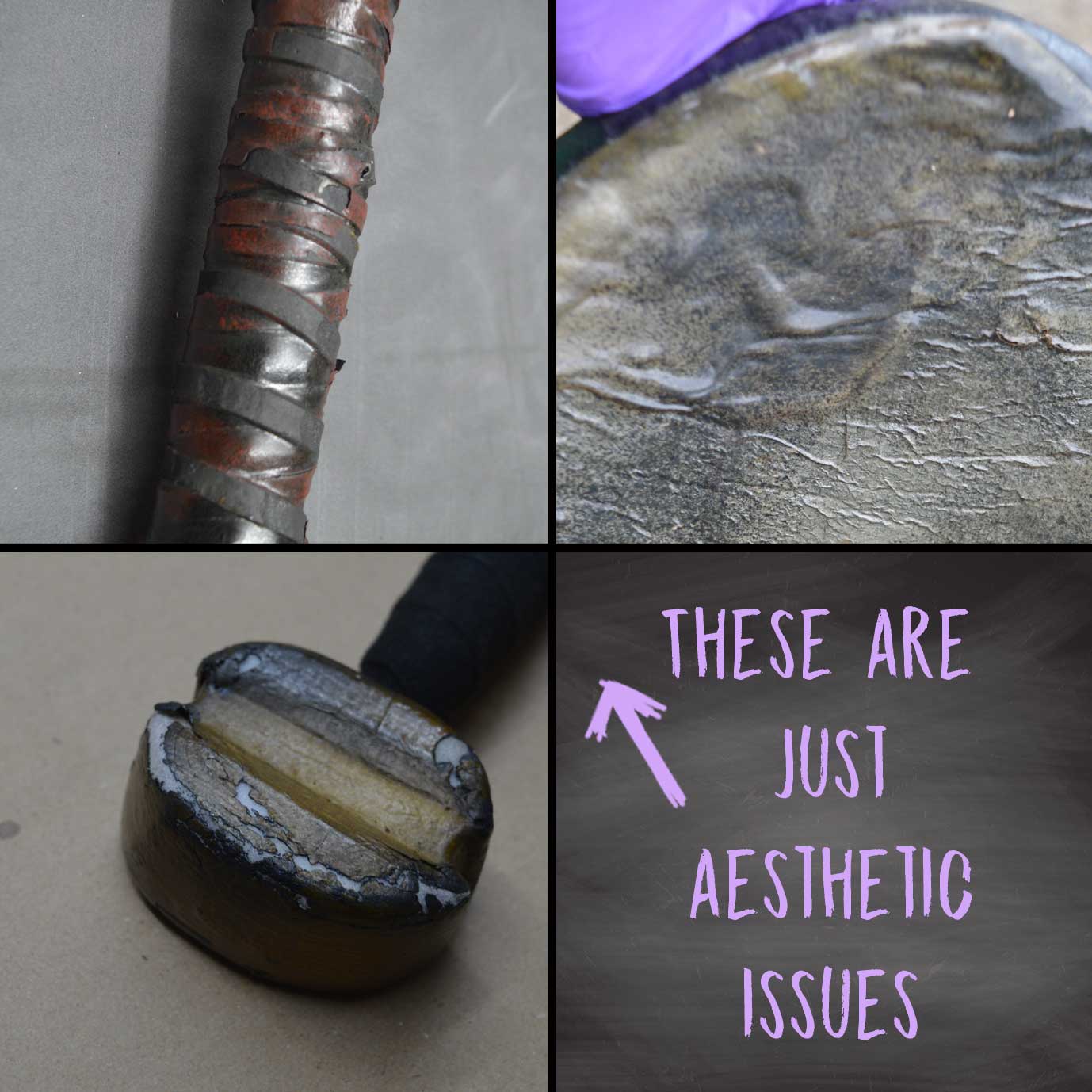

Nearly all weapon failures are due to issues with the foam. These are the most important things to pay attention to.

A weapon needs to a have a minimum of around 0.5”/12mm of foam on any striking surface and 0.25”/6mm on any non-striking surface. So, if the core isn’t sufficiently wrapped, centred or covered, the rigid bar may be too prevalent and considered unsafe.

Gently squeeze along the length of the weapon, feeling for the firm central core. There should be around 1cm of soft foam surrounding it at all times, 12mm if it’s a striking surface.
If you take one end of the weapon in one hand and the other end in your second hand then very gently twist, the only movement should be where the foam squeezes. If it feels like the core or foam sandwich is twisting freely, or has become detached from the core at any point, it is not safe.

On injected moulded weapons (which you can read about here), the weapon may have been cast with the core off centre. Make sure the foam is never too thin surrounding it.


You weapons need to be around 45kg/m³ density. That means, the foam surrounding the core should feel roughly the same density as the grey-foam floor matting available from DIY shops, or the jigsaw-puzzle styled coloured mats you can buy for children’s play areas.
There is some variation in what is allowed. But, if the foam is very hard or very soft, it is not safe.
Foam on other areas of the weapon can be softer. So, large hammer heads, the stab-safe polearms allowed at Empire and quillons on cross guards of swords can be softer foam. But, anywhere surrounding the core – the blade, crossguard and pommel - need to made from this density of foam at most UK LARP systems.

Starting at one end, gently squeeze along the weapon, until you’ve covered every part. It should feel a little firmer than your average foam stress ball.

On old weapons, the latex can become dry and crusty, which in turn makes the foam dry out and become hard.

If you can see the core at any point, your weapon isn’t safe. Likewise, if the tear is along a stress point that will very easily worsen to reveal the core, your weapon won’t pass weapon’s check.
Starting at one end, gently look over the entire weapon, ensuring there are no tears. If there is a tear, make sure that the foam is still more than a cm in thickness over the core, and it’s not in a place which will easily worsen with use.

The tip of the blade. If a sword has been incorrectly left tip down, the soft foam will bend, weakening and eventually tearing around the core.
Crossguard join. On a conventional crossguard, there are two sticky-out bits which can get yanked and torn, exposing the core where they join the blade.
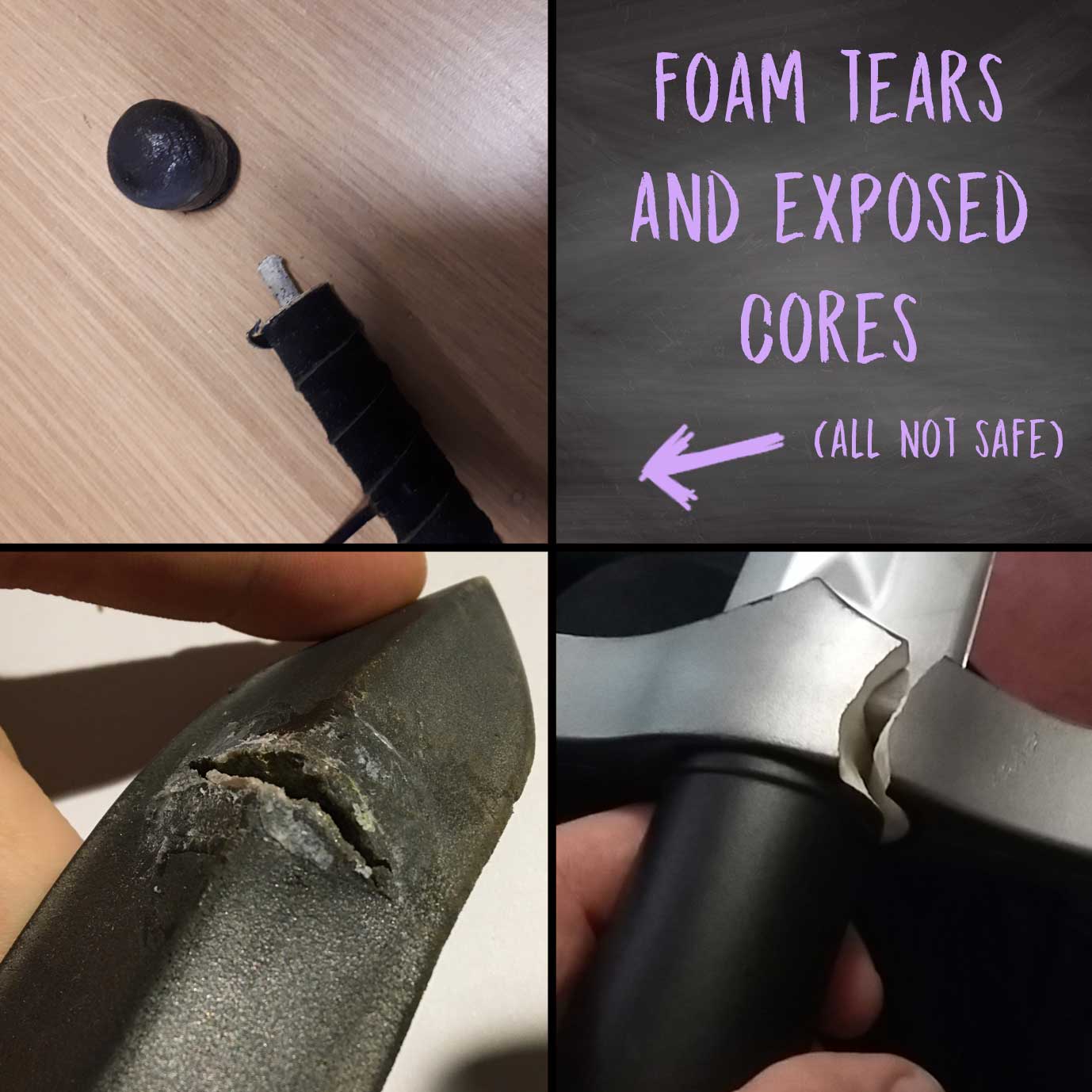

Like we mentioned before, most weapons are made from layers of foam. If these layers suffer damage, are exposed to extreme temperatures or weren’t adhered right to begin with, they can separate from one another.
This is unsafe, usually because the layers will open up, eventually tearing, or just straight up revealing the core.

Starting at one end, gently squeeze along the length of the weapon feeling for anywhere you can distinctly feel the separate layers of foam. Check they feel well adhered to one another.
If it’s a sword, squeeze along the sides of the blade gently, checking that the pressure doesn’t cause any gaps to open up between the three layers of foam which make the blade.

On old weapons, age and temperature can degrade the glue making distinctive ridges along the blade where one-layer ends and another begins. These are more likely
to split, causing delamination.
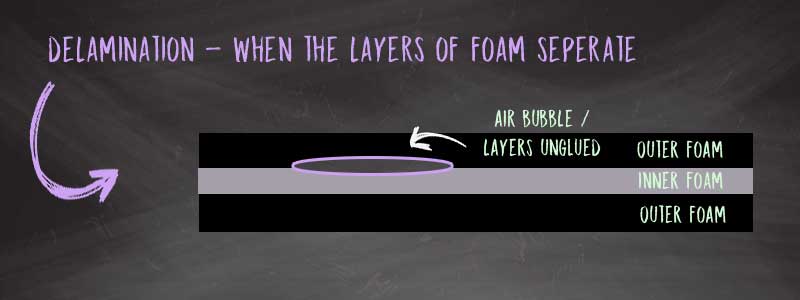

The handle of a LARP weapon needs to be fixed. When they’re built, foam, pipe or fabric may have been wrapped around the handle to give it the bulk needed to fit comfortably in your hand. This material can’t move at all.

Hold the length of the weapon in one hand, and then gentle try to turn the handle with the other – as if you were starting a motorbike. If it moves, it’s not safe.

Shields with punch-grip handles are often made from a sheet of foam, with a small fibre-glass rod inserted for the handle. Sometimes this rod can become loose and begin turning if not affixed correctly, because the adhesion points are much smaller than in other LARP gear.

A few notes of importance.
Arrows, bows, crossbows, shields and other exotic weapons have other specific guides which are not covered here. They’ll be a blog article on these at some point soon.
Secondly, if in doubt ask, send photos or a video to someone at the LARP event you’re attending, or take the weapon to them in person.
Finally, if you need something repaired, take a look at our guide on Latex LARP Weapon Maintenance, Storage andamp; Repairs here.
Leave a comment
Login to post comments




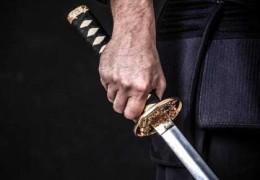
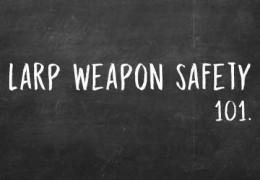



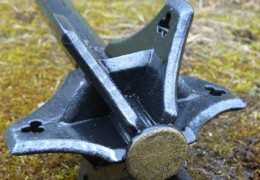
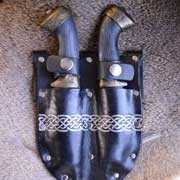

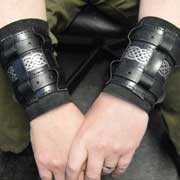
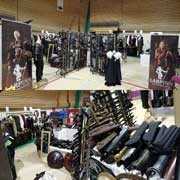
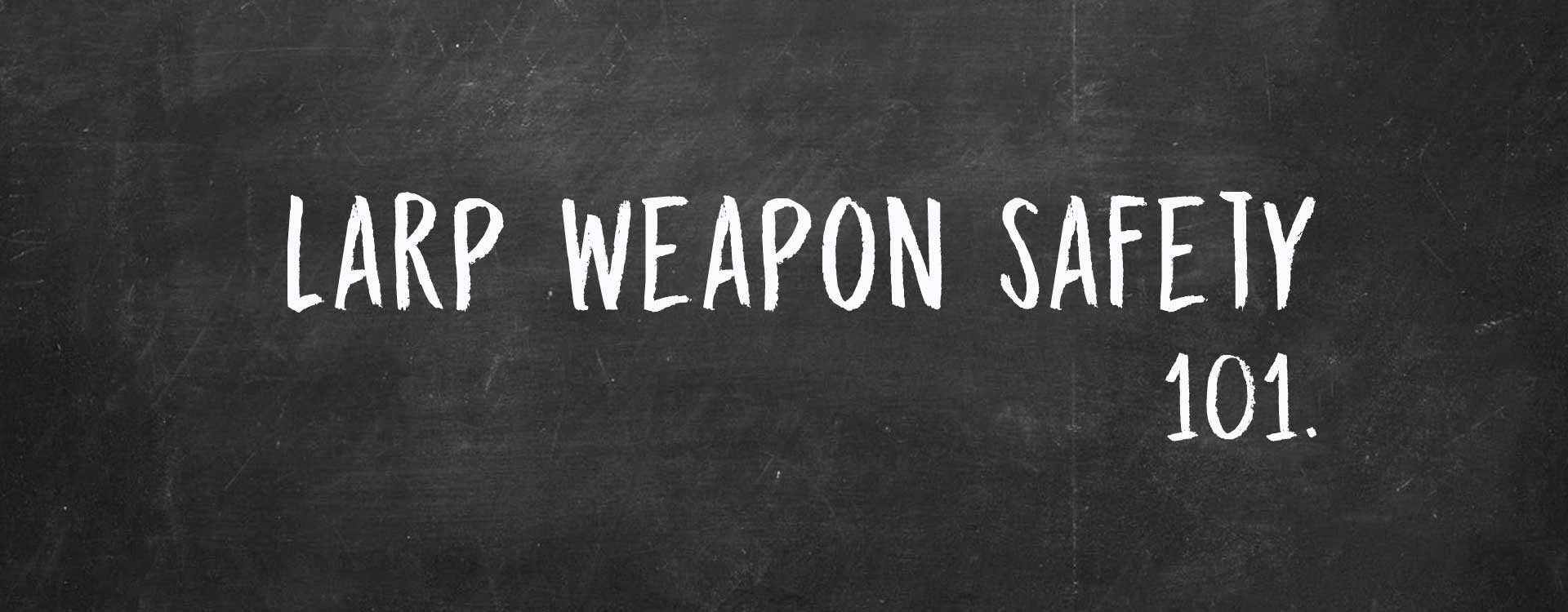

Top authors